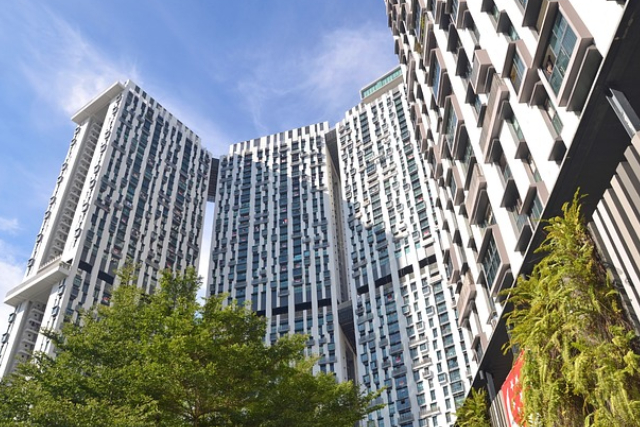
14 Jun UPVC vs CPVC: A Quick Breakdown of Their Main Differences
The polyvinyl chloride (PVC) market continues to grow exponentially, with more industries adopting this versatile material for diverse purposes. It finds applications in construction materials such as window frames and drainage pipes, cable and wiring insulation, medical devices, hydroponic systems in Singapore, and more.
Today, there are several variations of PVC, the two most popular being unplasticised PVC (UPVC) and chlorinated PVC (CPVC). Read on as we outline the key distinctions between the two and their significance in piping systems.
UPVC and CPVC
UPVC (Unplasticized Polyvinyl Chloride) and CPVC (Chlorinated Polyvinyl Chloride) are both types of plastic pipes extensively used in plumbing applications. While they share certain similarities, notable differences set them apart.
Material Composition
- UPVC: UPVC is a rigid and non-flexible material that does not contain added plasticisers. It is primarily composed of PVC resin combined with stabilisers and modifiers. The absence of plasticisers contributes to its rigid and durable nature.
- CPVC: CPVC is a modified version of PVC achieved through a chlorination process, which increases its chlorine content. This modification enhances its heat resistance properties, making it more suitable for applications involving hot water. The chlorination process alters the molecular structure of the PVC resin, resulting in improved thermal stability.
Temperature Resistance
- UPVC: UPVC pipes have a lower maximum temperature rating compared to CPVC. They are commonly used in cold water systems due to their limited capacity to handle hot water. It is essential to note that UPVC pipes are not recommended for high-temperature applications, as they may not withstand the elevated temperatures associated with hot water distribution.
- CPVC: CPVC pipes exhibit excellent temperature resistance and can withstand higher temperatures compared to UPVC. They are suitable for both cold and hot water systems, making them ideal for applications such as hot water supply lines.
Pressure Rating
- UPVC: UPVC pipes have a lower pressure rating compared to CPVC. They are suitable for low to medium-pressure applications, where the water pressure requirements are within the range supported by UPVC pipes.
- CPVC: CPVC pipes have a higher pressure rating than UPVC. This makes CPVC pipes suitable for applications where higher water pressure is expected or required. The enhanced pressure rating of CPVC pipes allows them to handle greater water pressure without compromising their structural integrity.
Chemical Resistance
- UPVC: UPVC pipes exhibit good chemical resistance to a wide range of household chemicals, acids, and alkalis. This quality makes them suitable for general plumbing applications, where exposure to various substances is expected.
- CPVC: CPVC pipes offer superior chemical resistance compared to UPVC. They are particularly resistant to chlorinated water, making CPVC pipes well-suited for residential and commercial hot water systems. The enhanced chemical resistance of CPVC ensures durability and longevity in environments where exposure to chlorinated water is prevalent.
Cost
- UPVC: UPVC pipes are generally considered more cost-effective than CPVC. They are widely available in the market and often come at a lower price point compared to CPVC pipes. Additionally, the installation costs of UPVC pipes are typically less expensive.
- CPVC: CPVC pipes tend to be slightly more expensive than UPVC due to their enhanced properties and the manufacturing process involved. The additional cost is attributed to the chlorination process and the improved characteristics that CPVC offers, making it a premium option in comparison to UPVC.
The choice between UPVC and CPVC for a plumbing system relies on specific requirements, such as temperature, pressure, and chemical compatibility. Additionally, local building codes and regulations may influence the choice between the two materials.
To determine the most suitable option for your plumbing needs, it is recommended to seek advice from a professional plumber or consult local guidelines that govern plumbing installations.
Conclusion
The popularity of PVC has given rise to several variations that improve upon the material to better handle specific use cases. UPVC and CPVC are among these derivatives, which are also becoming just as renowned for the applications they are designed for.
If your project requires nothing less than the best UPVC pipes and fittings, Vicplas Holdings has the lead-free and environmentally friendly UPVC piping solutions you need. We are a leading manufacturer of BCA-SGBC Green Mark recognised UPVC drain pipes, fittings, and electrical conduits in Singapore, complete with key ISO certifications that ensure you are getting the highest quality pipes for your application. Contact us today to learn more about our UPVC plumbing solutions.
